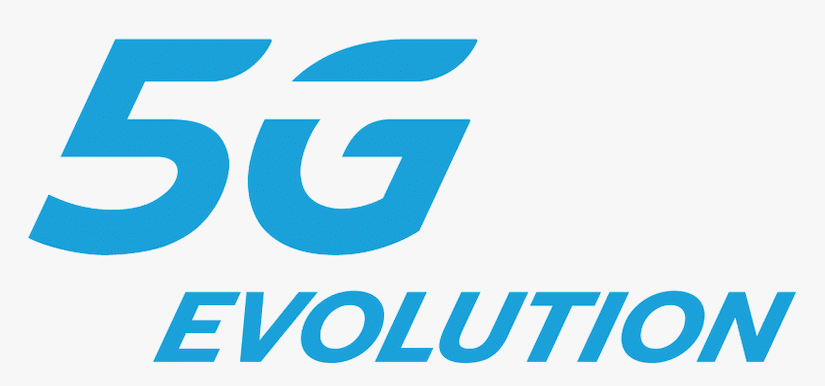Blog > 5G Technology for Business Solutions

Every new generation of wireless networks delivers faster speed and more functionalities to our smartphones. 1G brought us the first cell phones, 2G let its users text for the first time, and 3G brought us online, and 4G delivered the speeds that users enjoyed today. But as more users come online 4G networks have just about reached the limit of what they are capable of when users want even more data for their smartphones and devices.
4G fourth generation replaced 3G. 4G spec means its specification that defines minimum requirements, type of technologies, frequencies, uses, and standards. The maximum speed of a 4G connection might be 150 megabits per second, but it’s not likely users get that.
What is 5G Technology?
The world is a mass rollout of 5G Technology networks, while the deployment of 5G requires financial investment. It will make business faster and cheaper. 5G network technology is the next generation of wireless. It can handle a thousand times more traffic than today’s networks and is ten times faster than 4G LTE. 5G Technology will be the foundation for virtual reality (VR), autonomous driving, and the internet of things (IoT). 5G Technology is 100 times faster than the current 4G, and the maximum download throughput can offer 10-20 Gbps, which means a user can download 2-3 HD DVD movies just in 1 second.
What makes 5G so exciting?
Five brand new technologies are emerging as a foundation of 5G, such as:
- Millimeter Waves
- Small Cells
- Massive MIMO
- Beamforming
- Full Duplex
Business Benefits of 5G
There is some attribute required for a network to be genuinely 5G, which will empower businesses to compete in this era.
Throughput: It provides greater throughput and faster speed than other wireless technologies.
Service Deployment: Update for software instead of hardware so that the network can stay secure and responsive to businesses.
Mobility: The reliable ability to connect devices in motion even at high speed.
Connected Devices: 5G is a network with the potential to support up to one million connected devices.
Increased Speed and Bandwidth: 5G Technology will bring speed 10 to 100 times faster than 4G. Further, More bandwidth for WAN connections means more potentials for office automation and perhaps downward pressure for WAN connectivity prices.
Low Latency: 5G’s low latency, as low as one millisecond, will give businesses the flexibility to replace expensive MPLS infrastructure for the line of business applications. Moreover, It has the potential to reduce the data sending response time and making applications more responsive.
Devices density: 5G will enable up to 100 times more connected devices in one given area than 4G, which means a more significant potential mobile customer base.
Reduce Power Consumption: It reduces energy consumption with edge computing. 5G will have lower power overhead in design and consumption at the infrastructure level, which will stretch the life of remote IoT devices.
Security: 5G will bring security for designers, including hardware security modules and key management services, to ensure that data sent over 5G networks are secure.
Data Volume: 5G allows the facility to deliver a more massive amount of data to more users simultaneously with minor time delay and without losing data quality.
Reliability: A complete 5G network solution that reliably delivers the 5G performance for the business domain.
5G is expected to become mainstream over the next five years, which these benefits will become apparent to businesses. The core investments of 5G Technology are Fiber, Millimeter-Wave Spectrum, Small Cell deployment, and edge computing, which will provide a 5G ultra-wideband network ready for the fourth industrial revolution. In short, 5G is a go-to solution for a business.
Author: SVCIT Editorial
Copyright Silicon Valley Cloud IT, LLC.